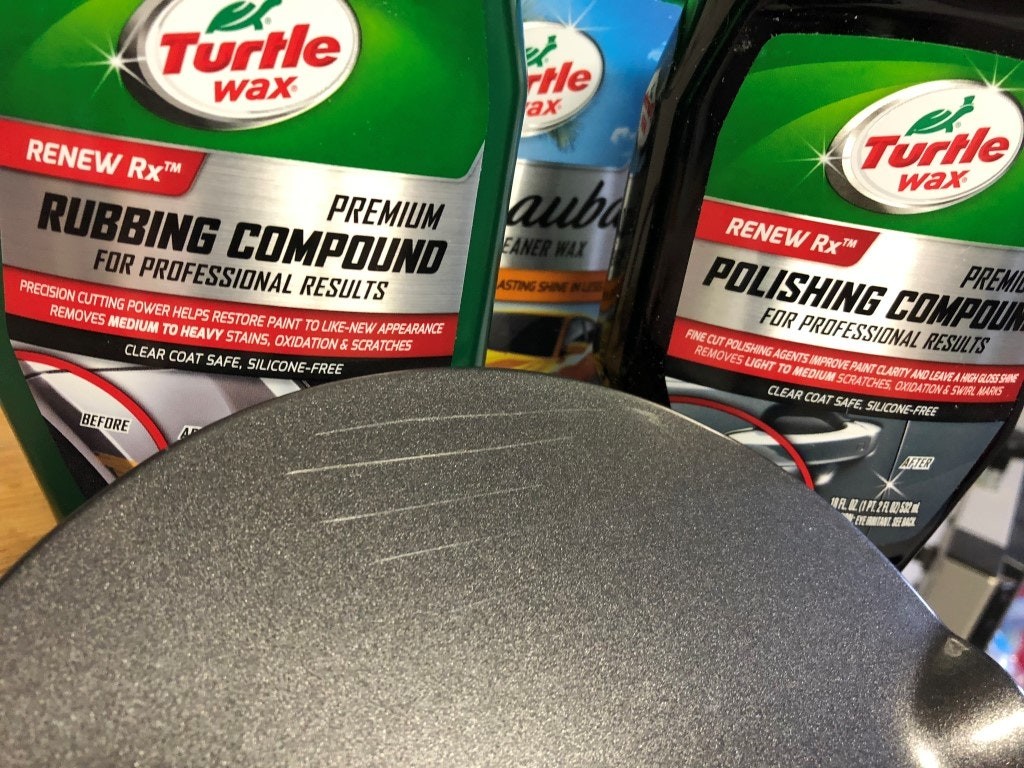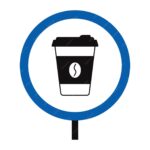Car scratches are an unfortunate reality for vehicle owners. From minor brushes with bushes to more significant scrapes, these blemishes can detract from your car’s appearance and value. When a scratch penetrates the topcoat, often known as the clear coat, it requires more than just a quick wax. This article will guide you through the process of repairing scratches that have gone through the topcoat, ensuring you can restore your car’s finish effectively.
Dealing with scratches that go beyond a superficial level means understanding the depth of the damage. For light surface scratches, a simple polishing compound might suffice. However, when the scratch is deep enough to be visible even after washing and wetting the area, you’re likely dealing with damage that has penetrated the clear coat and possibly even reached the base coat. Repairing these types of scratches requires a more hands-on approach, often involving sanding and potentially filling.
One common misconception is that all scratch removal products are created equal. To put this to the test, we experimented with various scratch repair solutions, starting with readily available over-the-counter options. We began with a range of products from Turtle Wax, including Rubbing Compound, Polishing Compound, Scratch & Swirl Remover, and Carnauba Liquid Wax. These products, applied manually with a cloth, are designed for light-duty scratch removal.
While the Turtle Wax products offered a slight improvement in hiding the lightest surface scratches when viewed from a distance, closer inspection and typical lighting conditions revealed that even minor scratches remained noticeable. This test highlighted that for scratches penetrating the topcoat, more aggressive methods are necessary.
Moving up in intensity, we tested Meguiar’s Ultimate Compound, Polish, and Liquid Wax, again applying them by hand. The results were only marginally better than the Turtle Wax products. Experts suggest that manual application might not be sufficient for effective scratch removal when dealing with clear coat damage. For more significant results, mechanical assistance is often recommended.
The game changed when we incorporated machine-based polishing. Using Meguiar’s DA Power System, which attaches to a standard drill, we saw a marked improvement. This system utilizes an orbital motion for more even coverage and enhanced polishing power. With the DA Power System, lighter scratches became virtually invisible, demonstrating the effectiveness of machine polishing. However, moderate and deeper scratches still remained.
The reason why simple polishing often falls short for deeper scratches is that it lacks the abrasive power needed to level the clear coat. For scratches that have clearly penetrated the topcoat, sanding becomes a necessary step. This might sound daunting, but controlled sanding is a crucial part of effectively repairing these types of car scratches.
For a more comprehensive approach to scratch repair, we explored the 3M Trizact Precision Scratch Kit. This all-in-one system includes sandpaper and drill attachments for rubbing compound and polish, specifically designed to remove light to medium scratches. The process involves hand sanding the scratched area, followed by machine application of rubbing compound and polish.
Sanding the clear coat can be intimidating, but it’s essential for leveling the surface and effectively diminishing deeper scratches. The 3M Trizact sandpaper proved to be effective in smoothing out moderate scratches. While sanding will initially create a hazy, matte finish, this is a normal part of the process. Following up with the included rubbing compound and polish, applied with the drill attachments, restores the shine and clarity to the clear coat. With the 3M system, light scratches were completely removed, and moderate scratches became significantly less visible. Even the deepest scratches showed noticeable improvement.
In conclusion, repairing scratches through the topcoat on your car requires a tiered approach depending on the severity of the scratch. For very light scratches, polishing compounds may offer minimal improvement. For more noticeable scratches that penetrate the clear coat, machine polishing systems provide better results. However, for effective repair of moderate to deep scratches through the topcoat, sanding, followed by compounding and polishing, as offered by kits like the 3M Trizact Precision Scratch Kit, is the most effective method to restore your car’s finish. Remember to always start with the least aggressive method and progressively increase abrasiveness as needed to avoid unnecessary damage to your car’s paint.


